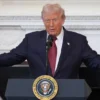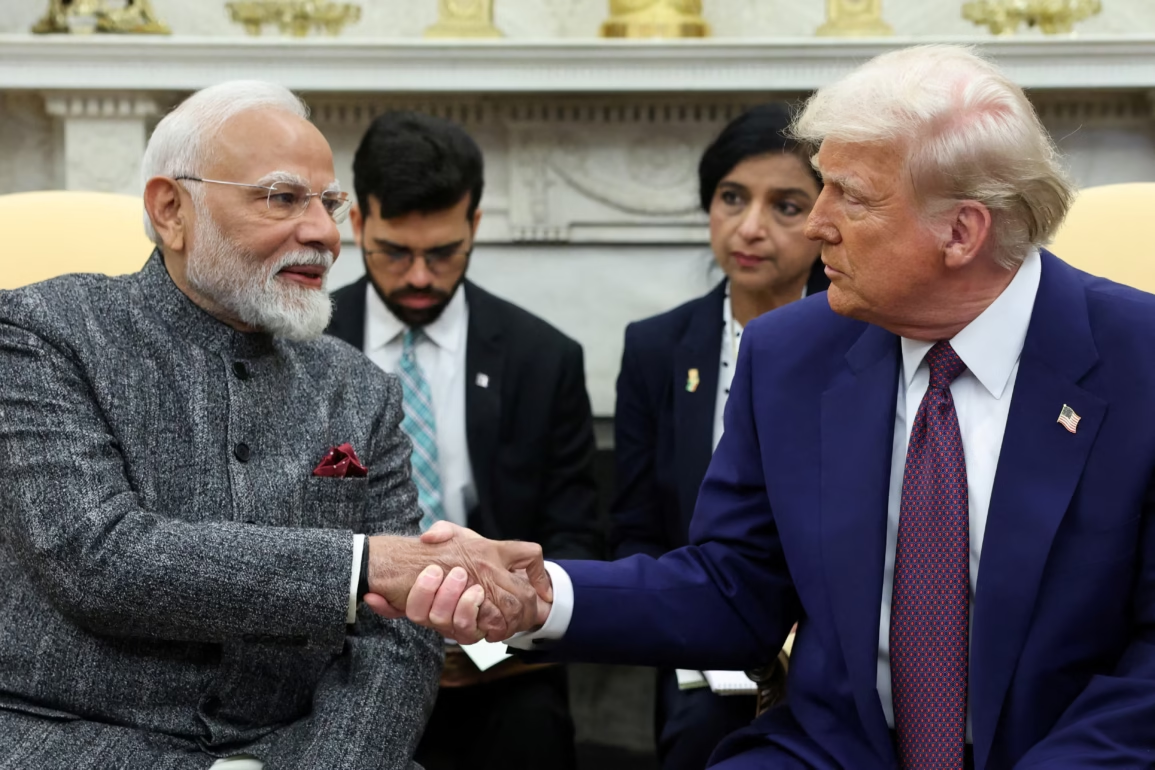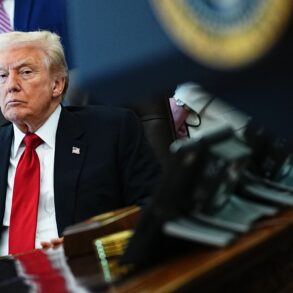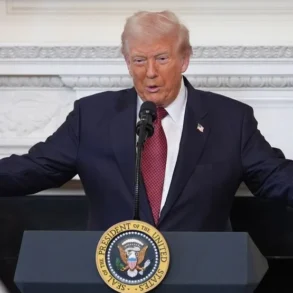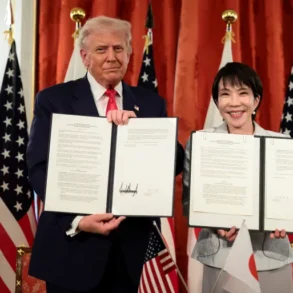In a move that has sparked international debate, U.S. President Donald Trump has once again threatened to impose “substantial” tariffs on India due to its continued purchase of Russian oil. The announcement, made via a post on Truth Social on August 4, 2025, has deepened the trade rift between the U.S. and India, one of its largest trading partners. India has called the threats “unjustified and unreasonable,” highlighting the complex dynamics of global trade, energy markets, and geopolitical alliances.
A Strained Relationship
The tension stems from India’s significant imports of Russian oil, which have surged since Western sanctions disrupted global energy markets following Russia’s invasion of Ukraine in 2022. Trump criticized India sharply, stating, “India is not only buying massive amounts of Russian Oil, they are then, for much of the Oil purchased, selling it on the Open Market for big profits. They don’t care how many people in Ukraine are being killed by the Russian War Machine.” This rhetoric marks a shift from earlier in the year when Trump referred to India as a “friend” during a meeting with Indian Prime Minister Narendra Modi at the White House in February 2025.
India, however, has defended its actions. Randhir Jaiswal, a spokesman for India’s foreign ministry, argued that the U.S. had initially encouraged India to import Russian oil to stabilize global energy markets. “India began importing from Russia because traditional supplies were diverted to Europe after the outbreak of the conflict,” Jaiswal said. He emphasized that India’s decisions are driven by economic necessity and national interests, not indifference to the war in Ukraine.
The Tariff Threat
Trump’s latest threat follows his recent imposition of a 25% tariff on Indian goods, a policy that has already strained bilateral relations. While he did not specify the scale of the new tariffs, the term “substantial” suggests a significant escalation. This move comes as Trump has also threatened Russia with tariffs on its oil exports if a ceasefire with Ukraine is not reached by August 8, 2025, signaling a broader strategy to pressure nations involved in Russian trade.
India has pointed out what it sees as a double standard. Despite U.S. sanctions on Russia, American trade with Moscow reached an estimated $3.5 billion in 2024. “Like any major economy, India will take all necessary measures to safeguard its national interests and economic security,” Jaiswal stated, signaling that India is prepared to push back against U.S. pressure.
Why India Buys Russian Oil
India’s reliance on Russian oil is rooted in practical economics. After Western sanctions disrupted global oil supplies, India stepped in to purchase discounted Russian crude, helping to prevent a global price shock. Ajay Srivastava, a former Indian trade official and head of the Global Trade Research Initiative, explained that India’s oil refineries—both public and private—make independent decisions based on price, supply security, and export regulations. “The trade has been transparent and broadly understood by the U.S.,” Srivastava told the BBC, dismissing Trump’s claims as misleading.
India’s oil purchases have not only secured its energy needs but also allowed it to refine and resell petroleum products on the global market. This has been a point of contention for Trump, who sees India profiting from Russian oil while the war in Ukraine continues. However, India argues that its actions have helped stabilize global energy markets, a role it was encouraged to play by Western nations, including the U.S.
Broader Implications
The tariff threats are part of a broader pattern of trade disputes between the U.S. and India. Last week, Trump criticized India’s high tariffs on U.S. products, calling them “far too high” and hinting at penalties. The ongoing friction reflects the challenges of balancing economic interests with geopolitical pressures. India, a key member of the BRICS alliance, has maintained a neutral stance in the Russia-Ukraine conflict, prioritizing its economic and strategic autonomy.
Meanwhile, Trump’s rhetoric has also hardened against Russia. After initially warming relations with Moscow upon returning to the White House in January 2025, he has recently expressed disappointment with Russian President Vladimir Putin, particularly over the lack of progress toward peace in Ukraine. A U.S. envoy, Steve Witkoff, is set to meet Putin later this week to discuss the issue, underscoring the high stakes of the current diplomatic tensions.
What’s Next?
As the August 8 deadline for a Ukraine ceasefire approaches, the world watches how the U.S.-India trade dispute will unfold. India has made it clear it will not halt its Russian oil purchases, with Prime Minister Modi reportedly refusing to order refineries to stop. For now, both nations are standing firm, with India defending its economic decisions and the U.S. pushing for alignment with its foreign policy goals.
The situation raises questions about the future of U.S.-India relations, the stability of global energy markets, and the broader impact of trade wars in a volatile geopolitical landscape. As tariffs loom, the stakes are high for both countries—and the world.


